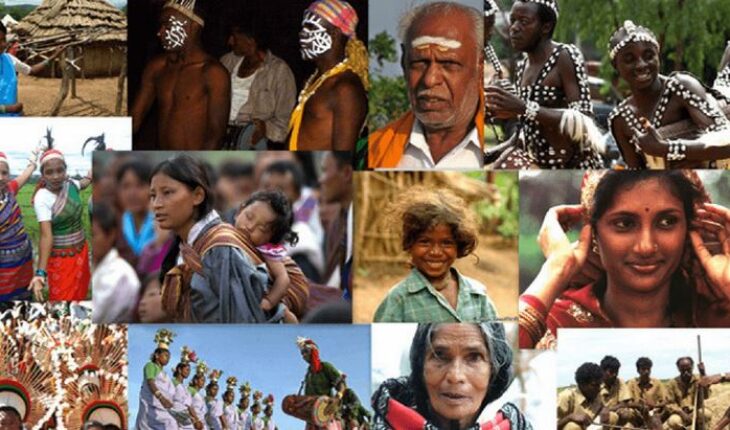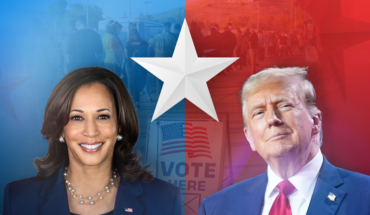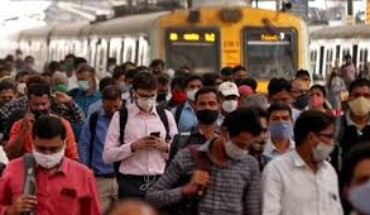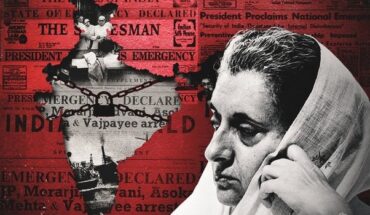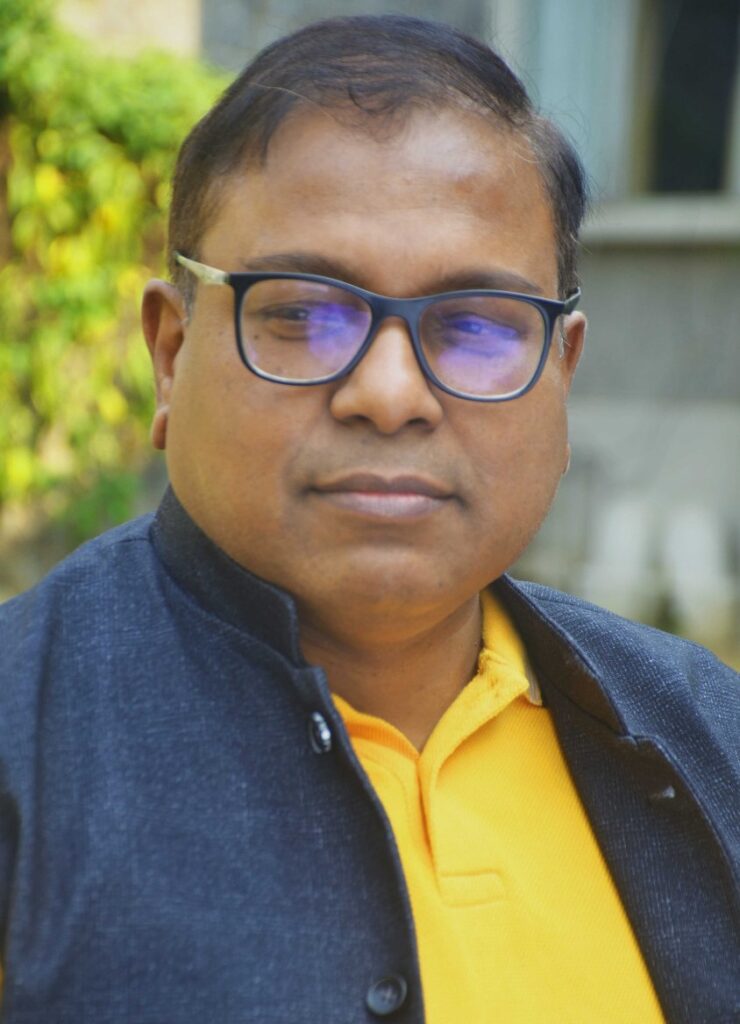
India’s economy is the fifth largest economy in the world in terms of gross domestic product (GDP). Per capita income is continuously improving in the country. India’s per capita income in FY 2023 was US $ 2,450 i.e., Rs 201587.47. However, the income of every person here is not that much. This is the average income. There is a huge disparity in the income of people in India. Only a handful of people are very rich, while most people are poor. Even today crores of people are not getting food for two times in a day. For this reason, India ranks 144th in the list of 194 countries of the world on the scale of per capita GDP, while it ranks 33rd among Asian countries.
India’s Development Journey
In view of the continuous improvement in the Indian economy, it is expected to reach the level of 3 trillion to 5 trillion by the year 2025. At the same time, in the recent report of HSBC, the Indian economy has been estimated to reach the level of 7 trillion in 5 to 10 years.
In the 7 decades of independence, a network of roads has been laid in every village of the country. According to the data of the financial year 2018-19, there are 68.03 lakh kilometres of roads in USA, while India has network of 63.31 lakh kilometres road. As of March 2019, the share of rural roads in the total road network was 71.4 per cent. Today electricity has reached almost every house in India. Also, the production capacity of electricity has also increased 300 times since independence.
India had a literacy rate of 69.3 percent according to the 2011 census, with literacy rates for males and females at 78.8 and 59.3 percent, respectively. Despite this, a lot of work needs to be done in the education and health sectors. According to the Rural Health Statistics 2021-22 report, the presence of surgeon doctors in the rural areas of the country is just 13 percent, while the presence of paediatricians and general physicians is 19 and 21 percent respectively.
Tribal Participation in Development
Basic facilities i.e., schools, health centres, roads, electricity, drinking water facilities are either not available in the tribal areas or are negligible. Villages across the country have been connected with roads and electricity, but even today most of the tribal villages are not linked with electricity and roads, and there is also a lack of primary health canters and primary schools, because most of their villages are located in forests or remote areas. According to the 2011 census, the literacy rate of the Scheduled Tribes was 59 percent, while the education rate of the country was 69.3 percent.
The economic, social, and cultural status of tribals is still lower than other sections of the society. Even though the President of the country is a tribal woman. Still, the participation of tribals in the areas of justice, administration, police, education, health etc. is less. Some leaders are tribals, but they are not doing much for the betterment of their community.
Population of Tribal
According to the 2011 census, the population of Scheduled Tribes in the country was 10.45 crore, which is 8.6 percent of the total population. The tribal population is 11.3 percent in rural areas and 2.8 percent in urban areas. According to the 2011 census, the Bhil tribe is the largest tribal group in India. The tribals mainly live in Madhya Pradesh, Chhattisgarh, Odisha, Rajasthan, Jharkhand, and Northeastern states. In addition, they sporadically reside in Bihar, West Bengal, Gujarat, Maharashtra, Andhra Pradesh etc. Among the states, Madhya Pradesh has the largest number of tribals, while maximum number of tribal live in Daman and Diu among the union territories. Tribal Communities like Bhil, Gond, Andh, Kharwar, Bodo, Kol, Munda, Khadiya, Koli, Sahariya, Santhal, Birhor, Pardhi, Asur, Nayak Bhilala, Meena, Takankar, Bhumij, Oraon, Lohra, etc., reside in India.
Meaning of Tribal
The word Adivasi is derived from the word Adi by adding it to Vasi, which means the native. It also indicates the tribals are the original inhabitants of India. In ancient writings, the tribals have been called Atvikas. At the same time, Mahatma Gandhi called them Girijan, because they protect the forest, river and mountain. In the Fifth Schedule of the Constitution, tribals have been given the status of Scheduled Tribes.
Tribals in Jharkhand
A total of 33 tribes of tribals reside in Jharkhand, whose population is about 86,45,042, which is 26.2 percent of the total population of Jharkhand. Out of these 33 tribes, 8 are primitive tribes, whose population is 1,92,425, which is 0.72 percent of the total population. Jharkhand has registered a decline of 10 percent in the population of tribals after independence. In 1951, the number of tribals in undivided Bihar was 36.02 percent, while in 2011 their number decreased to 26.02 percent. The reason for the decrease in population is due to migration to other states for employment and untimely death due to large number of diseases and malnutrition. Due to the increase in the level of education in Jharkhand, the tribals have started becoming economically strong, due to which some tribals are also able to get out of the cobweb of diseases and malnutrition. Today they are holding important positions in the government and non-government sectors. They are also bringing laurels to the country in sports like hockey, football, archery etc.
Economic life of Tribal
Animal husbandry, handicraft manufacturing and industrial labour are the basic sectors of the tribal economy in India. Agriculture is a major contributor to the Indian economy. Agricultural products are being traded in the country as well as at the international level.
Many tribals have been displaced due to deforestation, construction of dams, digging of mines. Most of the tribals engaged in agriculture are landless, due to which they have to do farming on sharecroppers or go to other states or they are forced to work in brick-kilns or factories. Along with this, there are some tribals who are doing employment today and giving employment to others. Instead of making liquor from Mahua, they are enriching themselves by making medicines, pickles, and sweets.
Social Life
The language, tradition, culture, lifestyle, religion etc. of the tribals are different from other sections of the society. Rural society mainly lives in villages or in forests, whose basis is dependence on nature since time immemorial. City life is different from rural life, and it is influenced by other sections of the society, because many sections of the society live together in the city, whose culture, tradition, and religion are different. Features like complex and formal organization are absent in tribal society. Society is based on relationships and tradition. The basis of land ownership is community. There is no discrimination between boys and girls in this society. The sex ratio in these is 1000- 990, which is much better than other sections of the society.
Cultural Life
The Culture is the part & parcel of rituals. Dress, tradition, worship, and social customs etc. are part of culture. Tribals have been keeping their culture intact since time immemorial. However, the tribals living in the city have been influenced by the tradition, customs, and culture of other sections of the society. Many tribals have adopted other religions, which has also affected their culture, lifestyle, and customs.
Conclusion
It would not be correct to say that there has been no improvement in the economic, social, cultural, and religious life or condition of the tribals. Today the tribals have understood the importance of education. The government is also helping them. About 90 lakh tribals live in 14 districts of Gujarat. This year only 592 tribals from Gujarat have been selected in NEET i.e., Medical, while 83 students have been selected for IIT. Financial assistance has been given to 48 meritorious tribal students of Gujarat for pursuing higher education abroad. This is just example of changing status of tribals. Their conditions are improving in other state too. Every year on August 9, Adivasi Diwas has been celebrated in all over India, in which tribals participate in a big way, which is an indicator that they have now become aware and have started fighting for their rights. Despite this, it would be right to say that even today the tribal society is lagging other sections of the society. The scheduled castes are also backward in the country, but the economic, social, educational, and cultural condition of the tribal society is worse than them. For the all-round development of the tribal society, there is still a need to improve the economic and educational status of the tribals. By doing this, their cultural, social, and religious status will automatically improve.
Satish Singh, Ahmedabad based Senior Columnist,Views are personal.


